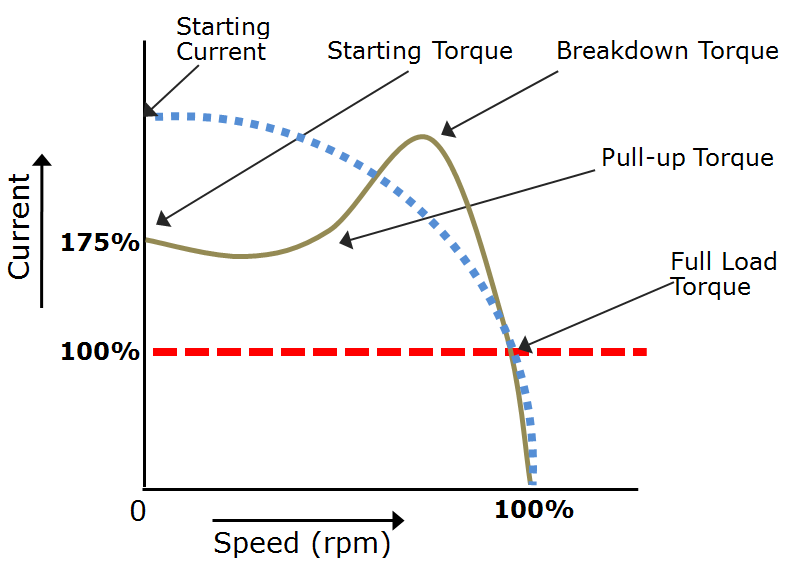Motor Starting Study
Protect Your Equipment. Prevent Voltage Dips. Ensure Smooth Operations.
What is a Motor Starting Study?
A Motor Starting Study, evaluates the impact of starting large motors on your electrical power system. Using advanced simulation tools like ETAP, we analyze motor behavior during startup to prevent voltage drops, system instability, and equipment damage.
This study is crucial in industrial environments where motors are large, sensitive loads, and any instability can lead to costly process interruptions.
Why is Motor Starting Study Essential?
- Prevent excessive voltage dips that can trip other critical loads
- Ensure reliable motor acceleration under different loading conditions
- Select appropriate starting methods (DOL, star-delta, VFD, soft starters)
- Evaluate motor impact on upstream and downstream network stability
Key Objectives
1. Assess Voltage Dip Across Buses
Ensure voltage levels remain within acceptable limits during start-up
2. Evaluate Starting Current Impact
Analyze transient currents and thermal loading of cables/transformers
3. Determine Optimal Starting Method
Recommend starters (DOL, VFD, autotransformer, soft starter)
4. System Stability Check
Prevent tripping of relays and nuisance shutdowns
5. Startup Time & Torque Analysis
Ensure that mechanical systems operate reliably and motors accelerate without stalling
Technical Specifications & Parameters
| Parameter | Typical Consideration / Notes |
|---|---|
| Starting Method | DOL, Soft Starter, VFD, Star-Delta, Autotransformer |
| Motor Rating | From 50 HP to 2000 HP and above |
| Starting Current | 6–8 times full-load current (DOL), 2–4x (Soft Starter/VFD) |
| Allowable Voltage Dip | ≤ 5% at utility PCC, ≤ 10% at internal buses |
| Startup Time | Typically 1–15 seconds based on motor inertia/load |
| System Configuration | Grid-tied, Generator-backed, or Isolated |
| Software Used | ETAP Dynamic Motor Starting Module |
| Load Types Analyzed | Centrifugal pumps, compressors, conveyors, HVAC, fans |
Our ETAP-Based Methodology
1. System Modeling
Digitize the electrical system with one-line diagrams, motor data, and cable layout.
2. Dynamic Simulation
Perform time-domain simulations of motor starts under different scenarios.
3. Voltage Drop Analysis
Monitor voltage dip across all buses during motor acceleration.
4. Thermal & Equipment Stress Check
Ensure cables, breakers, and transformers are not overloaded.
5. Protection Device Evaluation
Check for under-voltage tripping, inrush detection, and relay coordination issues.
6. Result Comparison
Evaluate different starting methods to find the best compromise between performance and system stress.
Deliverables You Receive
- Detailed Report with motor start profiles and voltage sag analysis
- Transient graphs of motor current, torque, and speed
- Bus voltage drop tables (per motor and cumulative)
- Recommendations for starter type and required system upgrades
- Validation of protective device coordination during motor start
- One-line diagrams marked with affected buses and equipment
Benefits to Your Facility
- Avoid nuisance tripping during motor starts
- Save costs by optimizing starter and cable sizing
- Improve process uptime and reliability
- Make informed decisions during expansions or retrofits
Why Choose SPTPL?
- ETAP-powered simulations with time-domain accuracy
- Deep expertise in motor behavior across industries
- Custom solutions for LV, MV, and HV motor applications
- Holistic approach to electrical reliability and safety

